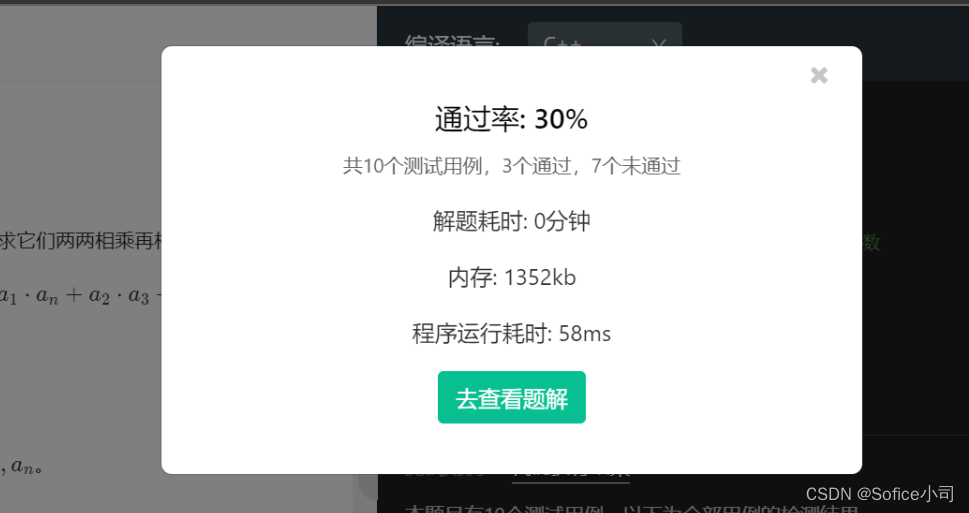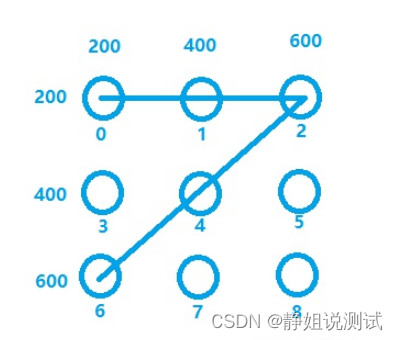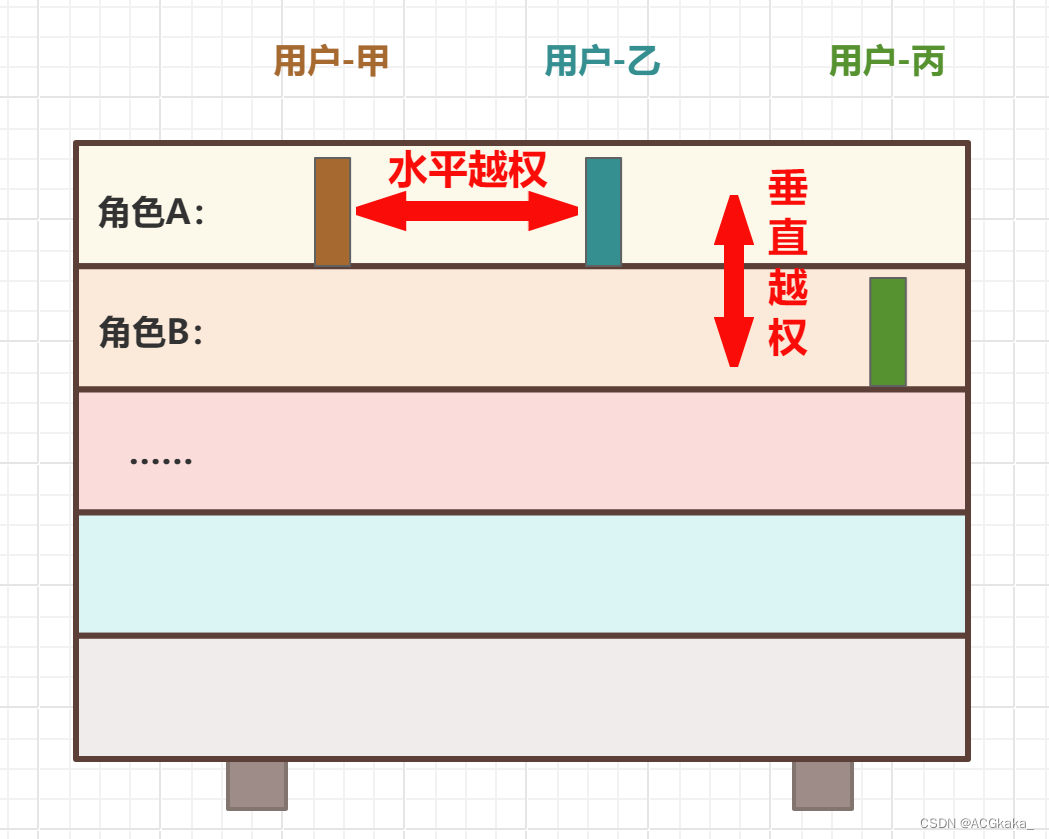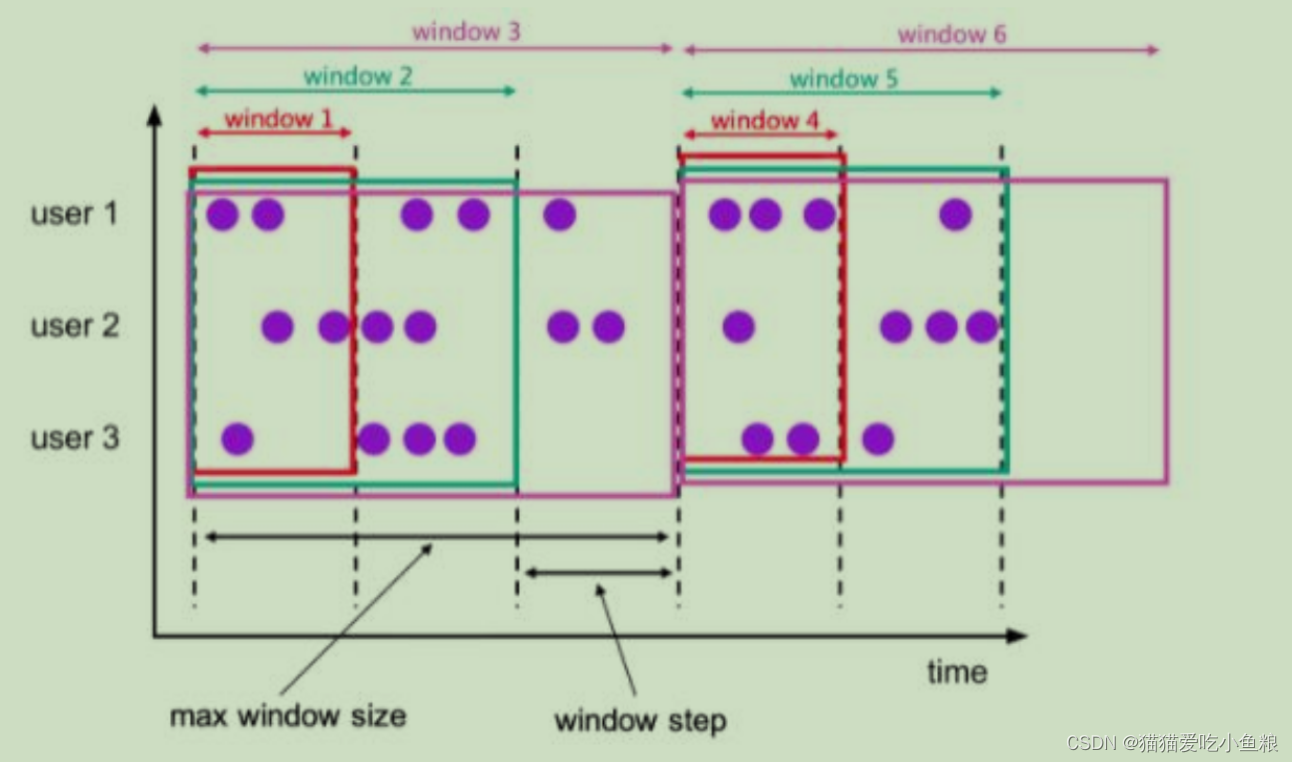1.简介
在开发过程中,我们需要通过点击表头来对QTableView或QTreeView等一系列高级视图进行排序操作,以下是进行排序的步骤。
步骤:
- 首先创建了一个QStandardItemModel对象或者继承QAbstractTableModel类作为数据模型,并设置了一些数据。
- 然后创建一个QTableView对象,并将数据模型设置为其模型。
- 接下来,创建一个QSortFilterProxyModel对象,并将QStandardItemModel对象设置为其源模型。
- 然后设置QTableView开启排序功能。
- 最后将QSortFilterProxyModel对象设置为QTableView的模型。
2.示例
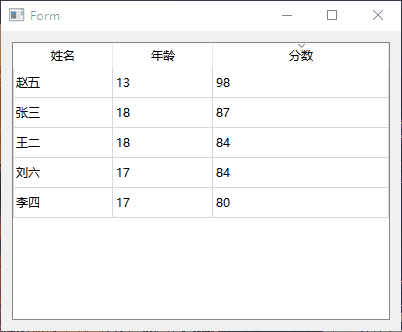
自定义QAbstractTableModel类:
#ifndef MYTABLEMODEL_H
#define MYTABLEMODEL_H
#include <QAbstractTableModel>
#include <QObject>
#include <QList>
typedef struct _student
{
QString name;
int age;
double score;
}Student;
class MyTableModel : public QAbstractTableModel
{
Q_OBJECT
public:
MyTableModel(QObject *parent = nullptr);
enum RoleNames{
Name,
Age,
Score
};
public:
//更新
void update(QList<Student> students);
//行数量
virtual int rowCount(const QModelIndex &parent = QModelIndex()) const;
//列数量
virtual int columnCount(const QModelIndex &parent = QModelIndex()) const;
// 表格项数据
virtual QVariant data(const QModelIndex &index, int role = Qt::DisplayRole) const;
// 表头数据
virtual QVariant headerData(int section, Qt::Orientation orientation, int role = Qt::DisplayRole) const;
private:
QList<Student> m_lstStu;
};
#endif // MYMODEL_H
#include "MyTableModel.h"
MyTableModel::MyTableModel(QObject *parent)
: QAbstractTableModel(parent)
{
}
void MyTableModel::update(QList<Student> students)
{
m_lstStu = students;
for(int i=0;i<m_lstStu.size();i++)
{
beginInsertRows(QModelIndex(),i,i);
endInsertRows();
}
}
int MyTableModel::rowCount(const QModelIndex &parent) const
{
Q_UNUSED(parent);
return m_lstStu.count();
}
int MyTableModel::columnCount(const QModelIndex &parent) const
{
Q_UNUSED(parent);
return 3;
}
QVariant MyTableModel::data(const QModelIndex &index, int role) const
{
if (!index.isValid())
return QVariant();
int nColumn = index.column();
int nRow = index.row();
Student stu = m_lstStu.at(nRow);
if(role == Qt::DisplayRole)
{
if (nColumn == MyTableModel::Name)
return stu.name;
else if(nColumn == MyTableModel::Age)
return stu.age;
else if(nColumn == MyTableModel::Score)
return stu.score;
}
return QVariant();
}
QVariant MyTableModel::headerData(int section, Qt::Orientation orientation, int role) const
{
Q_UNUSED(section);
if(orientation == Qt::Horizontal && role == Qt::DisplayRole)
{
if (section == MyTableModel::Name)
return QStringLiteral("姓名");
else if(section == MyTableModel::Age)
return QStringLiteral("年龄");
else if(section == MyTableModel::Score)
return QStringLiteral("分数");
}
return QVariant();
}
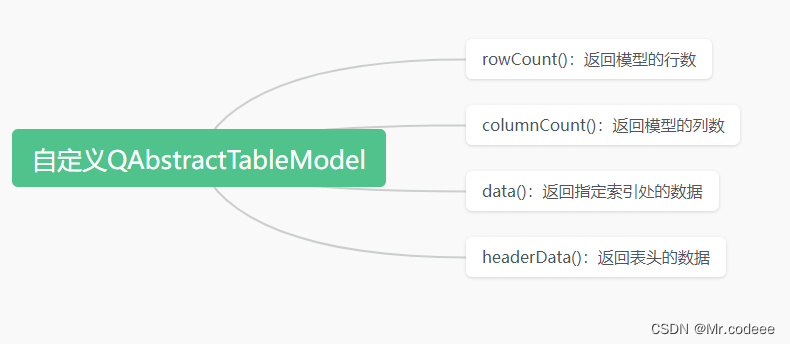
使用代码示例:
#include "form.h"
#include "ui_form.h"
#include "MyTableModel.h"
#include <QSortFilterProxyModel>
Form::Form(QWidget *parent) :
QWidget(parent),
ui(new Ui::Form)
{
ui->setupUi(this);
//去除选中虚线框
ui->tableView->setFocusPolicy(Qt::NoFocus);
//设置最后一栏自适应长度
ui->tableView->horizontalHeader()->setStretchLastSection(true);
//设置整行选中
ui->tableView->setSelectionBehavior(QAbstractItemView::SelectRows);
//不显示垂直表头
ui->tableView->verticalHeader()->setVisible(false);
MyTableModel *pModel = new MyTableModel(this);
// 构造数据,更新界面
QList<Student> students;
QList<QString> nameList;
nameList<<"张三"<<"李四"<<"王二"<<"赵五"<<"刘六";
for (int i = 0; i < 5; ++i)
{
Student student;
student.name = nameList.at(i);
student.age = qrand()%6 + 13;//随机生成13到19的随机数
student.score = qrand()%20 + 80;//随机生成0到100的随机数;
students.append(student);
}
pModel->update(students);
ui->tableView->setModel(pModel);
// 设置可排序
ui->tableView->setSortingEnabled(true);
// 设置数据源模型
QSortFilterProxyModel *pProxyModel = new QSortFilterProxyModel(this);
pProxyModel->setSourceModel(pModel);
ui->tableView->setModel(pProxyModel);
// 设置按得分降序排列
ui->tableView->sortByColumn(MyTableModel::Score, Qt::DescendingOrder);
}
Form::~Form()
{
delete ui;
}

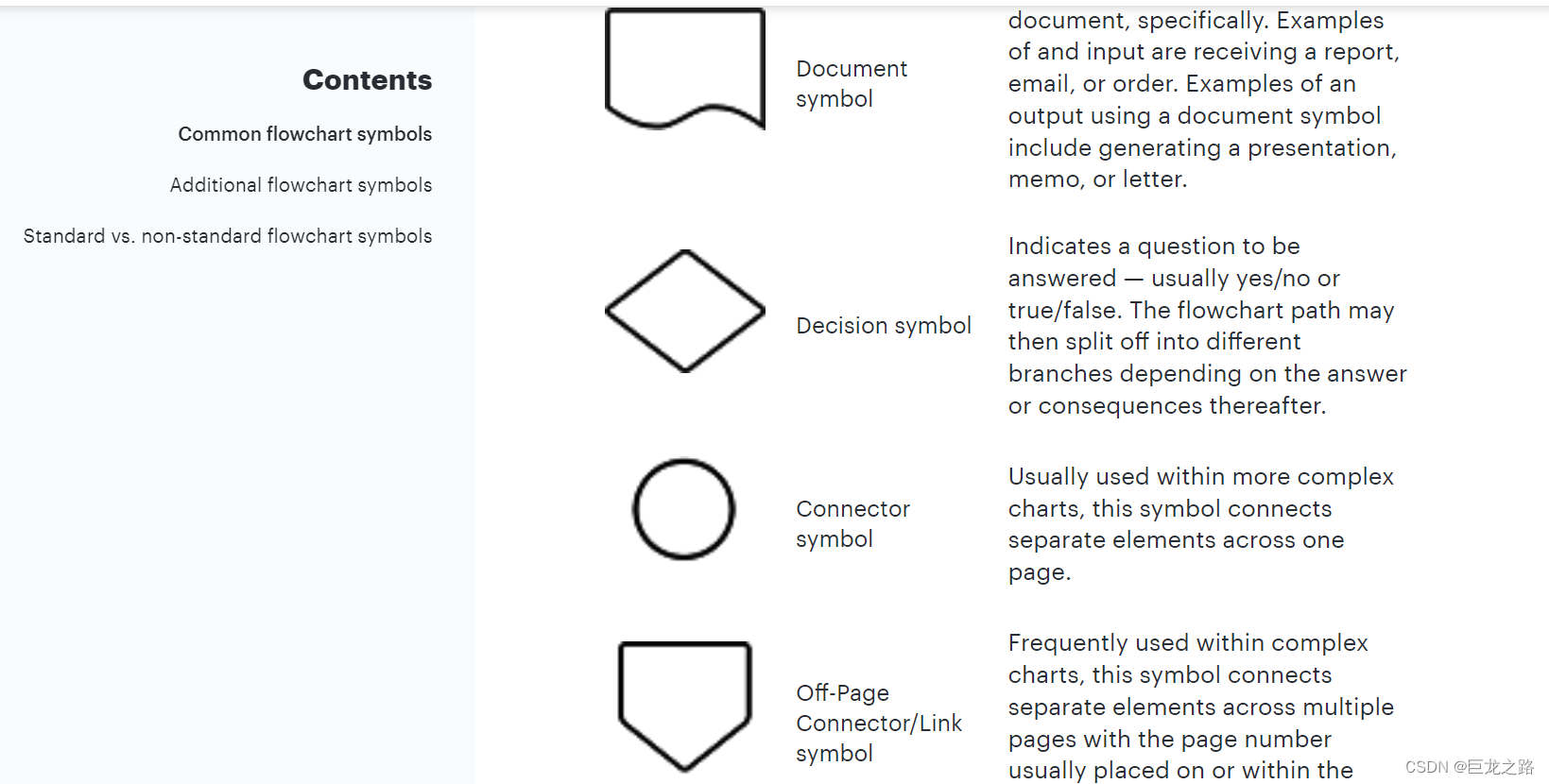

![[Kettle] Excel输入](https://img-blog.csdnimg.cn/6d317d3678314c1b84cf0b42006246c0.png)

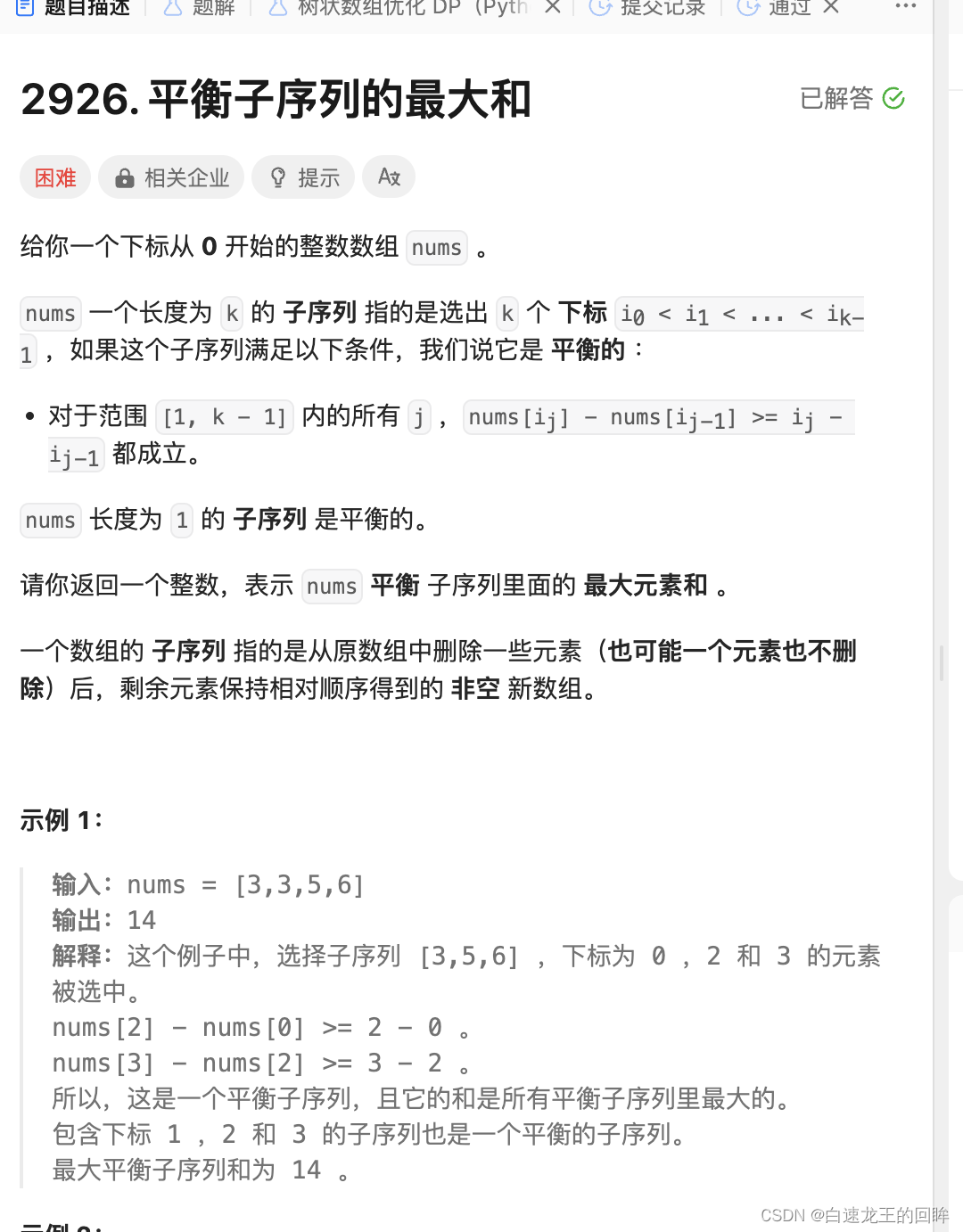

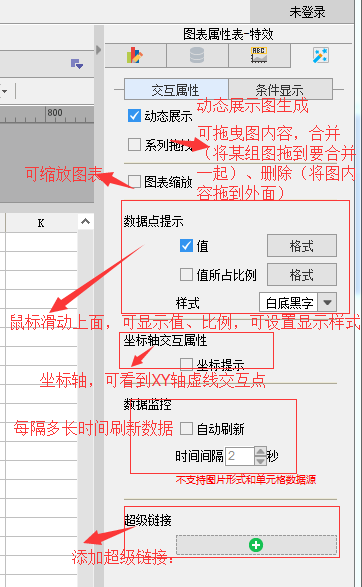
![[NLP] Llama2模型运行在Mac机器](https://img-blog.csdnimg.cn/6eed6a884a784fd0a43f2447319923eb.png)
